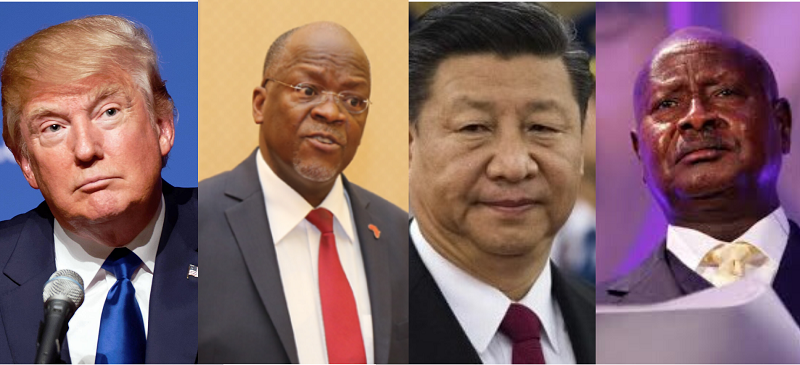“The land that divided a community”
May 8th, 2013Controversy over development of natural gas reserves under James Price Point became a battle of David and Goliath proportions, writes Oliver Rogers, 23, a Correspondent from Perth in Australia. It divided friends and families, and raised troubling questions about aboriginal land rights.
James Price Point, or Walmandy in the language of the traditional owners, is situated in the Kimberley region of Western Australia, over 2,000 km north of Perth.
It is a spectacular part of the country endowed with natural beauty and splendour, epitomising the State’s rugged and isolated coastline. The area is further enriched by its deep cultural, environmental and archaeological history, including whale nurseries, sacred Aboriginal sites and dinosaur footprints.
However, it is not these things that brought James Price Point into the spotlight within the last few years, but rather the estimated 15.5 trillion cubic feet of undeveloped natural gas reserves that lie beneath it.
With global gas prices at record highs and growing Asian economies nearby, James Price Point quickly became the subject of a State Government-backed joint venture between some of the biggest names in the business. It became a battle of David and Goliath proportions; dividing communities, friends and families, and even prompting calls for intervention by the United Nations.
Opponents were not solely Aboriginal groups and environmentalists, but also economists and politicians who deemed the project unviable and unnecessarily destructive. Interestingly, some of the most vocal proponents of the gas project were not the key political and business stakeholders but in fact some of the traditional custodians of the land themselves, namely the Jabbir Jabbir people.
Whereas other joint custodians such as the Goolarabooloo people were vehemently opposed to such development, the Jabbir Jabbir people viewed the development with optimism and hoped that it would bring much-needed development to their communities. This hope was premised on the understanding that $1.5 billion of economic benefits would flow on to Aboriginal communities over a 30-year period.
After years of protests, parliamentary debates and legal action, the leading resources companies have just recently abandoned the $40 billion gas project at James Price Point, saying it is not financially viable. Inevitably this decision was seen as a victory for the anti-project campaign, however it leaves the Jabbir Jabbir feeling angry and betrayed that their people may now miss out on vital jobs, education and health opportunities that could have potentially arisen from the project.
Aboriginal land rights are comparatively late in their recognition in Australia. It was a long and arduous process which finally gave rise to the legal acknowledgment of native title. Surely whatever one’s views are regarding the development at James Price Point, it is worrying that groups such as the Jabbir Jabbir believe they are forced to create a future for themselves at the expense of relinquishing a central part of their identity – their land.
…………………………………………………………………………………………………………………
About me:
I am in my final year at the University of Western Australia, studying Law and Asian Studies, and working part time with a law firm. My main interests are international relations, with a particular focus on Indonesia. In addition to this I also love all sports, especially rugby and tennis.
My goal is to work for the Australian Public Service or pursue a career in law. I enjoy writing and discussing current affairs, and hope to make new friends throughout the Commonwealth!
…………………………………………………………………………………………………………………
Opinions expressed in this article are those of the author and do not necessarily represent the views of the Commonwealth Youth Programme. Articles are published in a spirit of dialogue, respect and understanding. If you disagree, why not submit a response.
To learn more about becoming a Commonwealth Correspondent please visit: http://www.yourcommonwealth.org/submit-articles/commonwealthcorrespondents/
…………………………………………………………………………………………………………………
photo credit: Greens MPs via photopin cc




